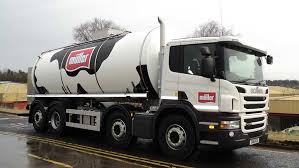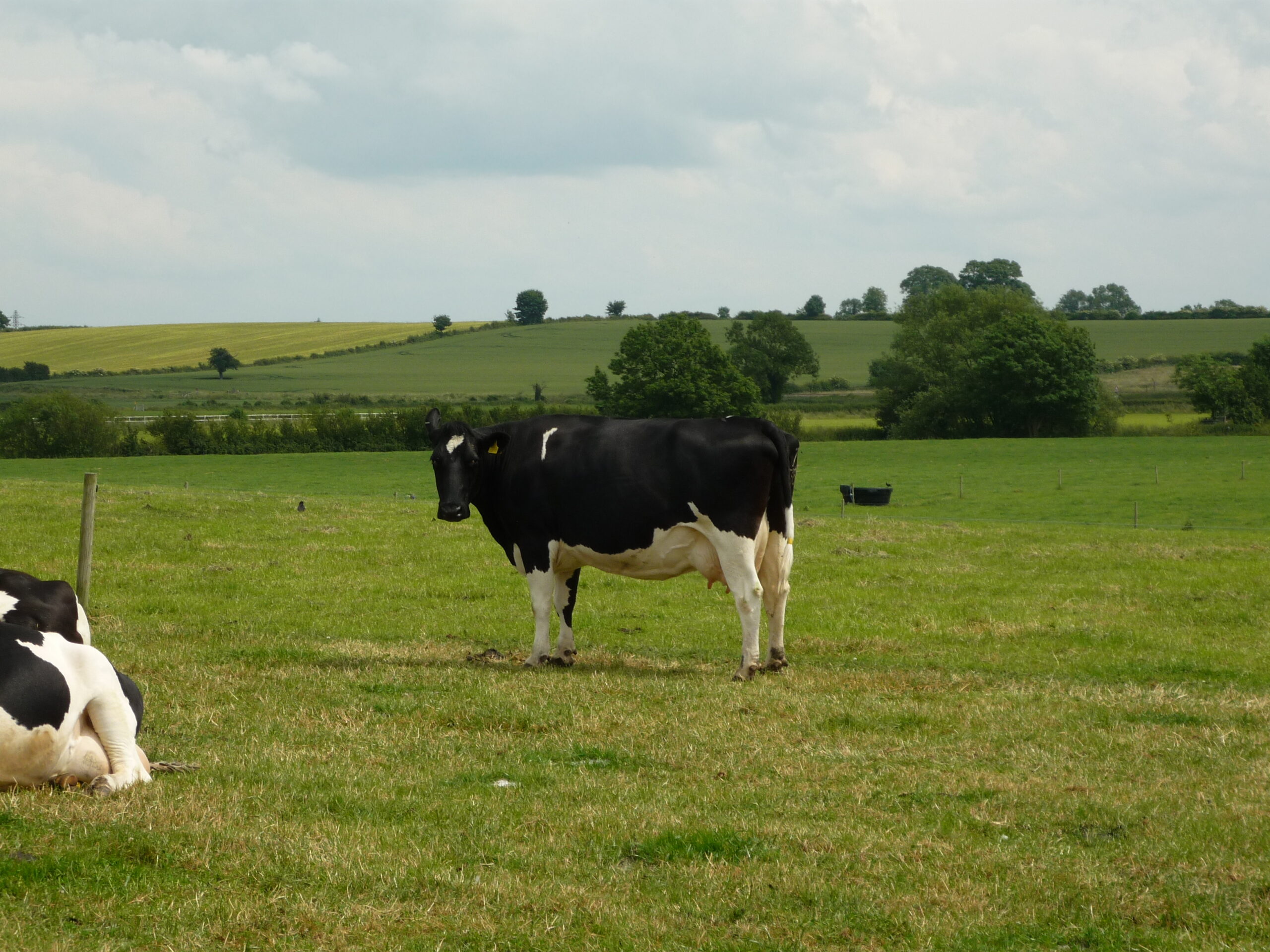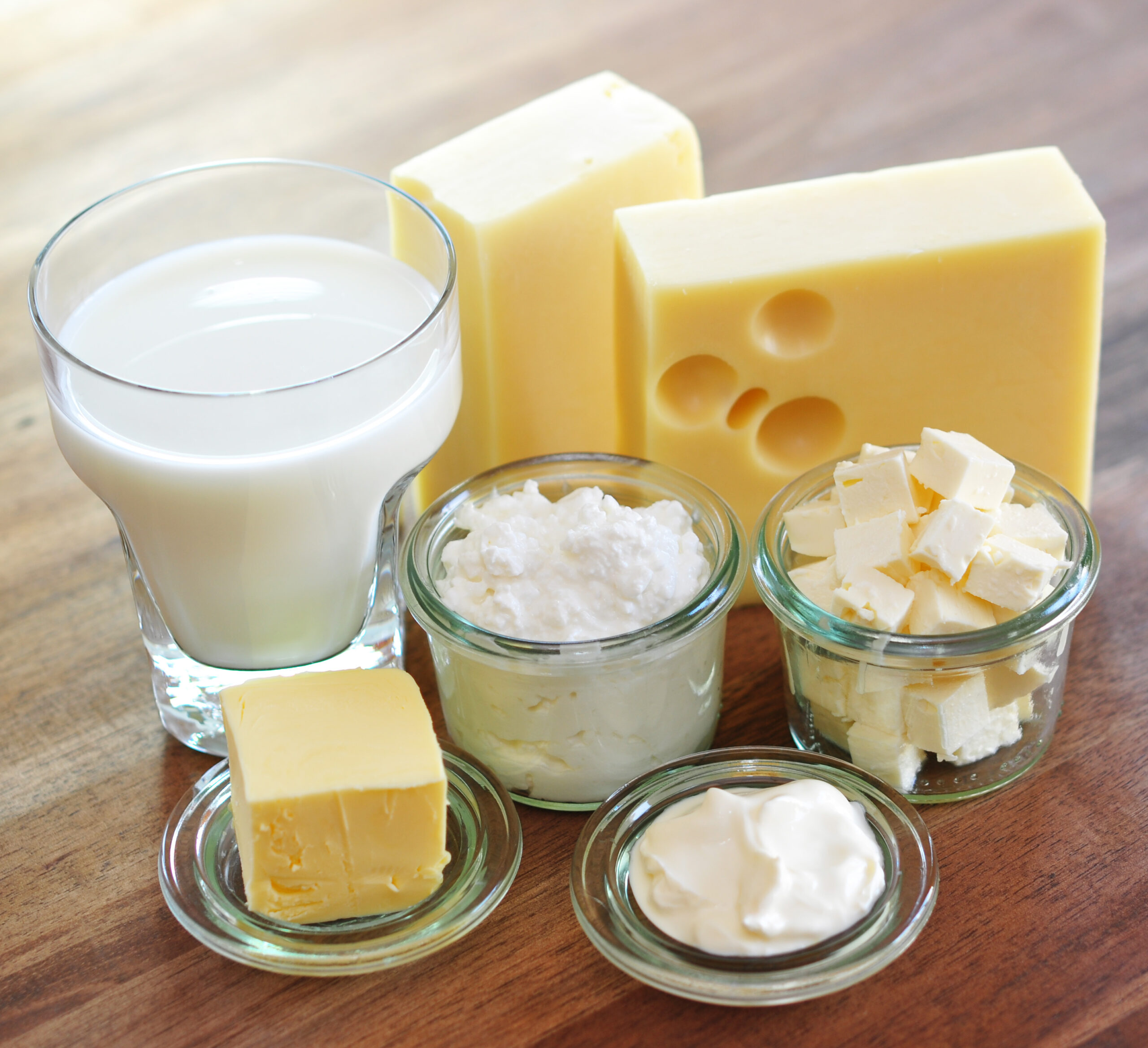Deadweight cattle prices have been on an upward trend since April. Prices are comfortably above year earlier levels. The average steer price for the week ending 12th August was 370.2ppkg compared to 343.4ppkg last year. Those meeting the R4L specification are receiving 384.9ppkg for steers and 383ppkg for heifers. Prices have tended to ease come September over recent years as more numbers typically come to market, and there has been a slight steadying of the market already over recent weeks.
As we gear up for the autumn store cattle sales, prices have largely been above 2016 levels throughout the year. According to the AHDB, the yearling and 18 month old continental store steer price recorded increases of 4% and 5% respectively over the first six months of the year. For the week ending 29th July the yearling and 18 month steer price recorded £859.70 per head and £978.44 per head respectively – an 8% year on year rise. This would suggest that finishers believe that strong beef prices will continue through into 2018.
In the sheep market, an increase in slaughterings has put downward pressure on prices. For the week ending 9th August liveweight throughputs of clean sheep were nearly 16% higher than the previous week at 122,032 head, with deadweight slaughter numbers increasing by 2% at 235,900 head. The liveweight GB SQQ fell by 3p per kg compared to the previous week ending up just 3p above year earlier levels at 192.7p per kg. In the deadweight market, for the week ending 5th August the GB SQQ fell by 12.1p per kg on the week to finish at 440.6p per kg, but still remains about 34p above last year’s levels.
The pigmeat price looks to be stabilising a little after being on an upward trend since March. For the week ending 12th August the EU spec SPP was 164.53p per kg, some 29.53p higher than year-earlier values but a slight decline on the week of 0.01p. According to data from the Kantar Worldpanel, sales of pork have fallen. In the past 12 weeks ending on 16th July, primary pork volume sales have fallen by 5.3% year-on-year, although, due to an 8% increase in the price of pork, the spend for the last 12 weeks has seen a 2% increase compared to year-earlier levels. The lack of promotional activity will have contributed to the decline in sales, but price inflation will also have seen some consumers switch to cheaper products such as poultry. Indeed over the last 12 week period, primary poultry sales increased by 1.8% and total spend on poultry was up by 1.5% year-on-year. Being based in Melton Mowbray, it is good to see the total spend on pork pies has increased by 11% year-on-year!


